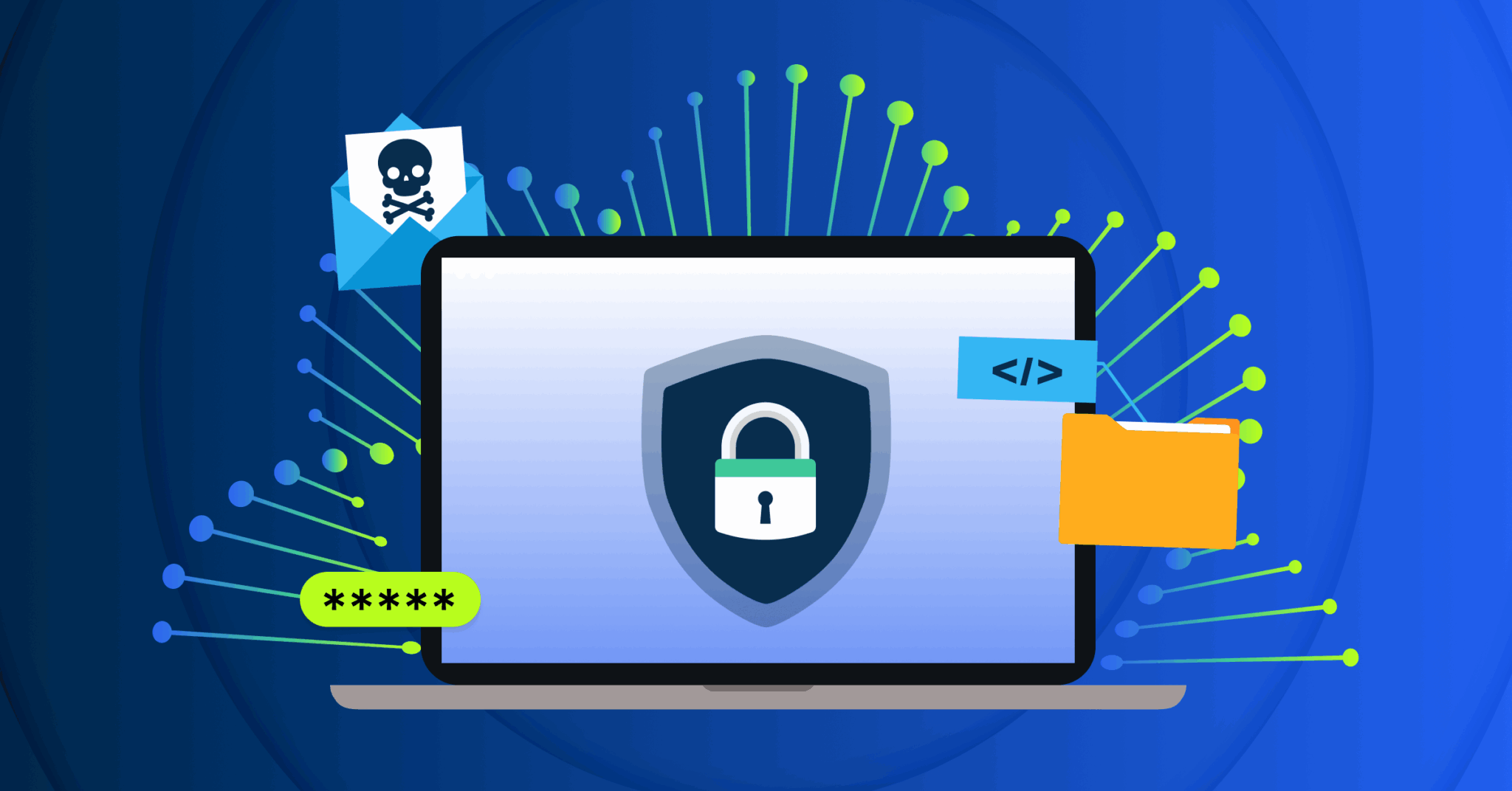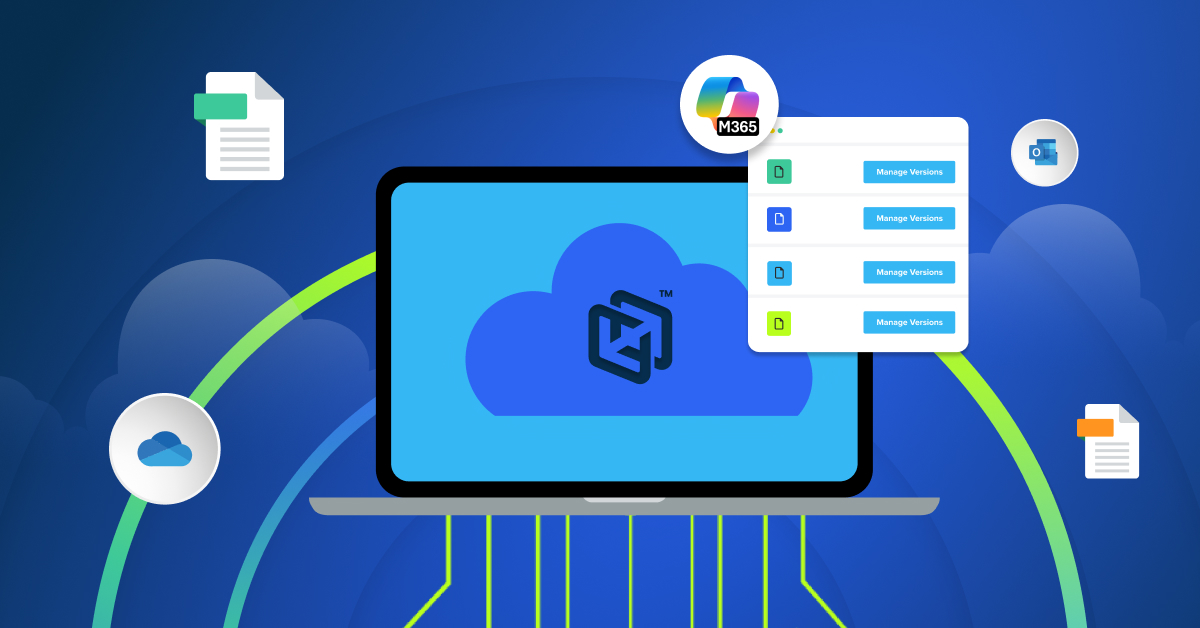
As a videographer, the safety of your video files is essential to the work you do. They ARE the work. While you’ve likely devised a file storage plan to keep files on your computer and external storage, these storage methods leave you open to data loss from equipment failure, user error, malware, and other threats. Fortunately, it’s easy to follow a few best practices for backup storage for videographers. This will ensure your files are always protected and available, even if something happens to your local storage.
How to Back Up Large Video Files: The 4 Best Ways to Back Up Video Files
Backing up your source video files doesn’t have to be difficult, especially when you know the foundations of an excellent backup strategy. Once you know how to implement the 3-2-1 backup rule and pick a backup solution with the right features for digital filmmaking, you can automate most of the backup process and keep your irreplaceable files safe.
Learn more about the best ways to back up large videos below:
1. Follow the 3-2-1 Backup Rule for your Source Files
Developing a video file backup strategy starts with following the 3-2-1 backup rule. This rule states that you must keep three copies of your data on two different media types, with one of these copies located off-site.
In practice, you might keep a local copy of your source video files on the computer you use for editing, another copy on an external hard drive, and a third copy on an endpoint backup provider’s cloud. Endpoint backup providers help organizations and individuals meet their off-site backup requirement by making copies of files stored on endpoints (e.g., computers) and securely transferring the backup copies to their cloud.
The general principle behind this strategy is to diversify where your backup copies are located. If your computer is infected by malware or an external hard drive is accidentally broken, you will lose the files backed up to the local device. By following the 3-2-1 backup rule, you’ll still have copies stored in the cloud and on another media type if the copy on your computer is lost. After you discover a lost copy, you can simply restore your lost files and keep on creating.
2. Automatically Back Up Your Files Every 15 Minutes
When you’re editing video files on your computer, the last thing you want is for the editor to crash or your computer to fail. Whether it’s a corrupted file or hardware failure, you can lose hours of work if you don’t regularly back up your project files.
Picking an endpoint backup solution with automatic backups that occur every few minutes can save you from having to redo work while editing. If a data loss event happens while you’re editing and you have an automatic backup every fifteen minutes, you’ll only lose a few minutes of work. As a result, you can quickly redo any lost changes and get back to editing. Having automatic backups also makes sure your workflow isn’t interrupted by a need to manually back ups of your files.
3. Back Up Every Version of Your Working Files
In addition to the constant progression of project files from your linear video editor or graphics software, video production comes with multiple versions of video files themselves. It is common to create source footage, a rough cut, and a final cut. Losing a cut before it’s delivered to a client or uploaded to a site like Vimeo or YouTube would be devastating, particularly if you also lose the project file or source data you used to create it. Instead of exclusively trusting your hardware, you should always back up your source data, project files and exports through the editing lifecycle to ensure you never have to restart a project from scratch.
A strong backup solution will also protect your various file versions as you move through your project. Choosing an endpoint backup provider with unlimited versioning gives you a more granular view of how the video has changed. Additionally, unlimited versioning gives you peace-of-mind in the knowledge that you can easily restore any file version, even the one from right before you accidentally deleted eight hours of visual effects work.
4. Maintain Fidelity With Lossless Compression
Often, when a cloud backup provider uploads your video files for backup, it will compress your data to speed up transfer and reduce the space required to host your backups. Though compression can be a good thing, you’ll want to make sure that your service allows you to restore your data at the same quality as it was originally backed up. To do this, you’ll want to make sure that your backup provider or cloud storage solution uses “lossless” rather than “lossy” compression.
Lossy compression can be a massive problem for a video production workflow because it will impact the fidelity and editability of your source video files.Lossy compression discards details and dynamic-range in the file and reduces the video’s quality to shrink the file’s size. This is helpful for the backup or storage provider’s bottom line, but it will mean that your backups are less valuable to you, the consumer.
By contrast, lossless compression only reduces file sizes by finding and removing redundant data. Since it only removes redundant data, you won’t lose any data during compression. If you restore a video file that was losslessly compressed, it will be in the exact same condition as before it was backed up, meaning you don’t lose any video quality.
Choose CrashPlan for Digital Filmmaking Backup Solutions
If you’d like to implement a backup strategy for your video files, CrashPlan can help. CrashPlan is a user-friendly, lossless endpoint backup solution for videographers that offers automatic backups every fifteen minutes. Our video file backup solutions also include unlimited file retention, storage, and versioning, allowing videographers to maintain a full backup of their video files without increasing cost or complexity.
Learn more about our endpoint backup solutions for videographers and other media-focused businesses today. If you’d like to try our endpoint backup solutions, please sign up for our free trial.







